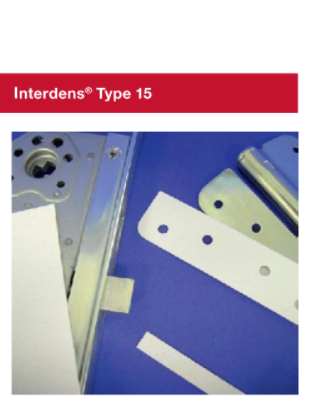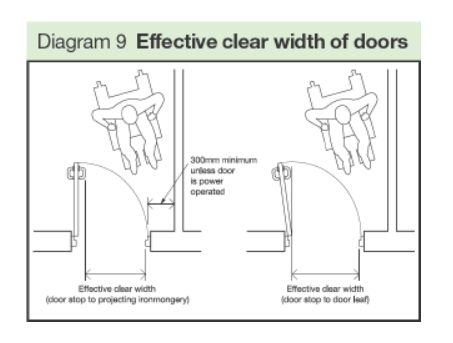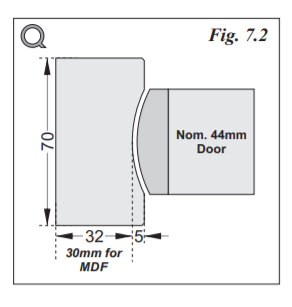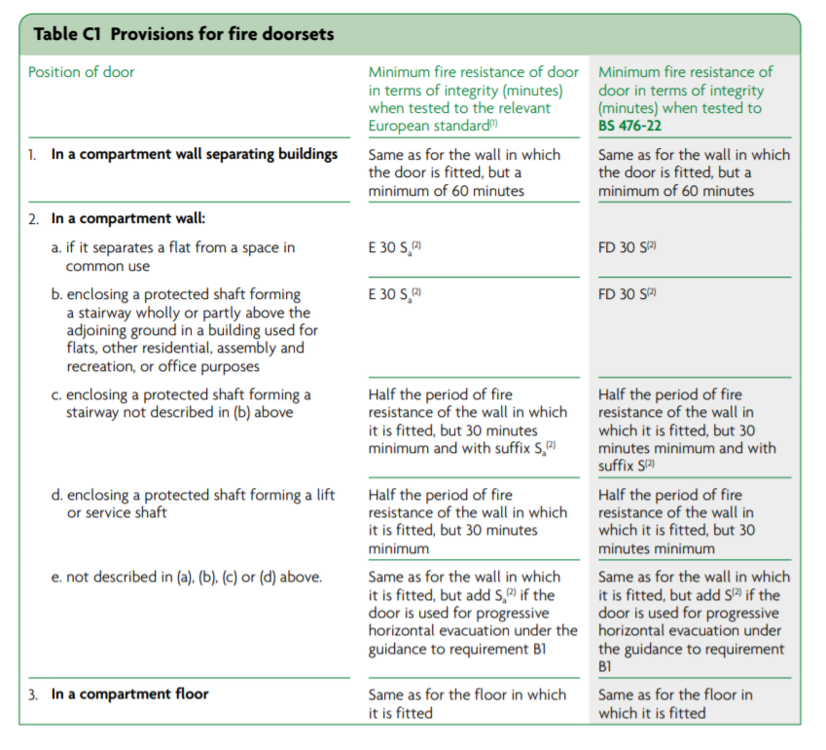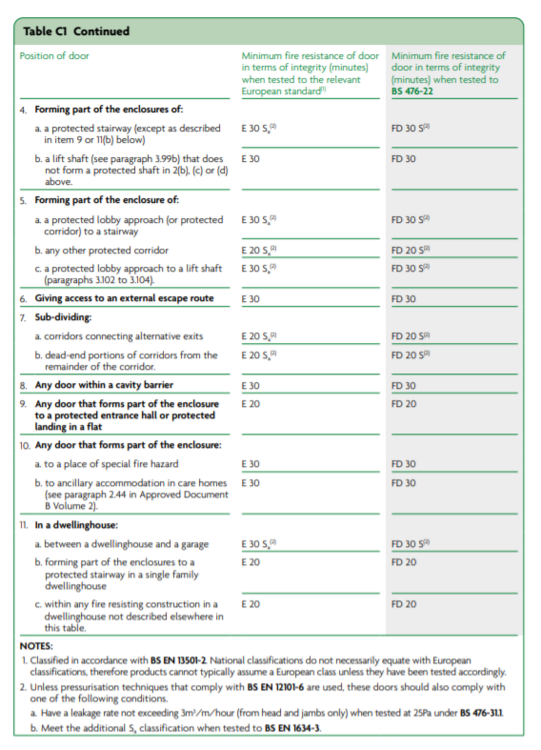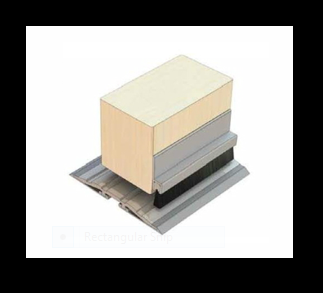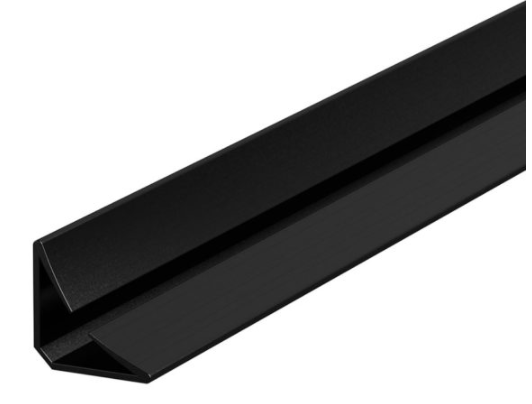-
Posts
487 -
Joined
-
Last visited
Everything posted by Neil ashdown
-

Intumescent Strip, Single or Double fin
Neil ashdown replied to a topic in Fire Doors and Accessories
Current Building Regulations require that a door between a dwellinghouse and a garage is a self-closing thirty minute fire door with cold smoke seals. https://assets.publishing.service.gov.uk/government/uploads/system/uploads/attachment_data/file/937931/ADB_Vol1_Dwellings_2019_edition_inc_2020_amendments.pdf Appendix C Various types of smoke seals are available including bat wing, compression, combined intumescent with brush and combined intumescent with a fin or fins. There is guidance about selecting smoke seals for doors here https://www.ifsa.org.uk/documents/ -
When fitting flush bolts to double leaf doors only the active leaf should be fitted with combined intumescent fire and smoke seals. The flush bolt should be fitted to the slave leaf so that the seals by-pass the flush bolt rather than be interrupted by it.
-

Are specific fire door gaps a legal requirement?
Neil ashdown replied to a topic in Fire Doors and Accessories
-
Yes, like most things there are various types of self closing device and there will be a limit to the size and weight of door that a given self-closer is suitable for. So the self-closing device should be selected based on minimum power size 3 for the size and weight of the door and should have a dampening mechanism so that the door meets the rebate stop of the door frame without slamming.
-

Constantly damaged vision panels
Neil ashdown replied to Chris Allis's topic in Fire Risk Assessments
Georgian wired glass relies on the wired grid for integrity, there are other options. I would speak to a specialist for advice, you could try https://www.ggf.org.uk/ and https://zeroplus.co.uk/collections/glass -

space between fire door frame and opening
Neil ashdown replied to a topic in Fire Doors and Accessories
Does the fire resistance performance test evidence for the mastic product support that use? -

Are specific fire door gaps a legal requirement?
Neil ashdown replied to a topic in Fire Doors and Accessories
In terms of fire resistance performance, BS 8214: 2016 guidance states that such a gap should generally be between 2mm and 4mm but you should check the fire door leaf manufacturers installation data sheet to see what is required. In terms of restricted cold smoke spread, one would expect to see such a gap sealed with a combined intumescent fire and smoke seal. Or if the meeting edges have a rebate or astragal, a bat wing type or compression type smoke/acoustic seal. -
There are no regulations, in England and Wales, that deal specifically with a defective fire door inside an individual's own private dwelling. Clearly, though it would be desirable to repair the defect so that the spread of fire and smoke can be sufficiently mitigated.
-

Fire doors in a domestic 3 storey house
Neil ashdown replied to a topic in Fire Doors and Accessories
Maybe the doors could be upgraded to improve their fire resistance performance. Historic England https://historicengland.org.uk/images-books/publications/fire-resistance-historic-timber-panel-doors/ Building regs Page 135 Fire doors https://assets.publishing.service.gov.uk/government/uploads/system/uploads/attachment_data/file/937931/ADB_Vol1_Dwellings_2019_edition_inc_2020_amendments.pdf -
? ?
-
Yes, it is possible to remediate excessive gaps. The most effective method would be to remove the door leaf and door frame and then reinstall to the correct tolerances. Refer to BS 8214: 2016 for guidance https://shop.bsigroup.com/products/timber-based-fire-door-assemblies-code-of-practice/standard
-
Self-closing fire doors should not bang shut or indeed bang-open. They are adjustable (some more than others depending on the quality of the self-closing device) for speed, latching action and back-check. See Section 3 of the Code of practice: Hardware for Fire and Escape Doors http://firecode.org.uk/Code_of_Practice_hardware_for_fire_and_escape_doors.pdf
-
The thing with fire doors is that by making modifications you could cause the fire resistance performance certification to become void. This is because the scope of some types of certification are limited to this type of work being carried out by the original manufacturer or fabricator. If you add a lipping make sure its done by a competent person that has sufficient knowledge, or alternatively you could remove the complete fire door assembly so that the door frame head can be re-positioned to suit the door leaf / leaves. Refer to BS 8214: 2016 Timber-based fire door assemblies - Code of practice.
-
The door should open fully. https://assets.publishing.service.gov.uk/government/uploads/system/uploads/attachment_data/file/540330/BR_PDF_AD_M1_2015_with_2016_amendments_V3.pdf
-

Double action hinges
Neil ashdown replied to Daniels locksmiths's topic in Fire Doors and Accessories
If the doors are fire resisting doors, then in order to be compliant to the Standard the minimum and maximum gaps will need to be achieved. BS 8214: 2016 guidance states 2mm to 4mm at the top edges & vertical edges and the threshold gap should be to the door manufacturers installation instructions (usually 6mm to 10mm). This can be difficult to achieve for double-action doors. If the doors are required to provide 'restricted smoke spread' then the smoke seals should seal the operating gaps, including at the threshold. BS 8214 https://shop.bsigroup.com/products/timber-based-fire-door-assemblies-code-of-practice/standard Clearly, intumescent edge seals and most likely smoke seals will be required. -

Double living room doors in a 2 storey house
Neil ashdown replied to a topic in Fire Doors and Accessories
Here are the building regulations for fire doors in housing https://assets.publishing.service.gov.uk/government/uploads/system/uploads/attachment_data/file/937931/ADB_Vol1_Dwellings_2019_edition_inc_2020_amendments.pdf Appendix C Fire Doors: From what you say 11b would apply, FD20 fire door without restricted smoke spread protection to the stairway. In which case if you do remove the smoke seal, the doors will fail to provide 'restricted spread of cold smoke' to the protected escape route but still comply with regs. -
In my experience the brush is certainly more durable but the blade offers less friction so as to allow the door to self-close more reliably. Have a look at this https://www.ifsa.org.uk/documents/ you might find it useful at some point.
-

Identifying FD30 compliant on 1993 internal doors
Neil ashdown replied to a topic in Fire Doors and Accessories
A door of that age may not have identification to a certification scheme. However, guidance permits 'Notional Fire Doors' in certain circumstances. Refer to the document 'Fire Safety in Purpose Built Blocks of Flats' at https://www.gov.uk/government/publications/fire-safety-in-purpose-built-blocks-of-flats If in doubt about the suitability of the doors to meet FD30(s) requirements, you could engage a competent person to undertake a fire door inspection and issue an inspection report. -

Are specific fire door gaps a legal requirement?
Neil ashdown replied to a topic in Fire Doors and Accessories
In order to be compliant with 'BS 8214: 2016 Timber-based fire door assemblies - Code of practice' in terms of restricted smoke spread a suitable threshold seal is required. If this is not possible the maximum gap should be 3mm. Would a Part M compliant ramped threshold plate fitted in conjunction with a static threshold seal be acceptable in respect of the 'older vulnerable people'? See below: -

Double living room doors in a 2 storey house
Neil ashdown replied to a topic in Fire Doors and Accessories
Are the doors meant to be fire resisting doors? Is the final exit a dedicated escape door? These are unusual for a house, is it an HMO? -
No. If the doors are timber-based and in good condition, you may be able to adjust the door frame (re-position the jambs) to reduce the gap(s). This will involve pretty much removing the existing door frame and reinstalling to fit the door leaves as well as making sure the linear gap between frame and wall is compliant post-works. If in doubt, consult a competent person.
-
No problem with the timber fire door frames having 25mm rebates but perimeter intumescent fire seals and smoke seals are essential. I think you won't find that listed as a legal requirement but in terms of fire door compliance with the Regulatory Reform (Fire Safety) Order 2005 it would be very difficult, I believe, to justify the absence of these seals. Especially where sleeping accommodation is present and to protect means of escape. Check out the Intumescent Fire Seals Association at ifsa.org.uk
-

Side Panels and Top panels around Fire doors
Neil ashdown replied to a topic in Fire Doors and Accessories
The panels could be third party certificated as part of a fire door-set, in which case the complete door-set would carry a certification scheme label or plug. But they don't have to be, working in scope of the evidence of fire resistance performance for the door is sufficient to achieve compliance to BS 8214. -

Side Panels and Top panels around Fire doors
Neil ashdown replied to a topic in Fire Doors and Accessories
Side panels and over panels for fire resisting doors can be of solid timber or glass, both are subject to a fire performance test or fire resistance assessment report. Solid timber panels would be made from the same core or blank as the door leaf - refer to the technical data for the particular door in question. With regard to glazed panels - the glass manufacturer will possess data to demonstrate fire resistance performance when used with a particular timber-based door type / door frame panel / glass retention system. This guidance document may be useful https://www.ggf.org.uk/publications/fire-resistant-glazing-publications/guide-best-practice-specification-use-fire-resistant-glazed-systems/ Currently in the UK, internal fire doors may not be CE marked. -

Steel door set cold smoke seals
Neil ashdown replied to Prometheus's topic in Fire Doors and Accessories
Are smoke seals necessary given the use of the building and the location of the doors? Did any of the doors ever have smoke seals fitted? If you can identify the manufacturer of the doors to confirm their fire rating they may be able to recommend a suitable seal, otherwise you could contact a door seals specialist for advice. If smoke seals are necessary then, in my experience bat-wing seals fitted into the corner of the door frame rebate and at the corner of the astragal for double leaf doors are the most suitable, provided that there's room in the rebate to accommodate the thickness of the seal. As they are self adhesive, the surface will need to be very clean for them to adhere.



